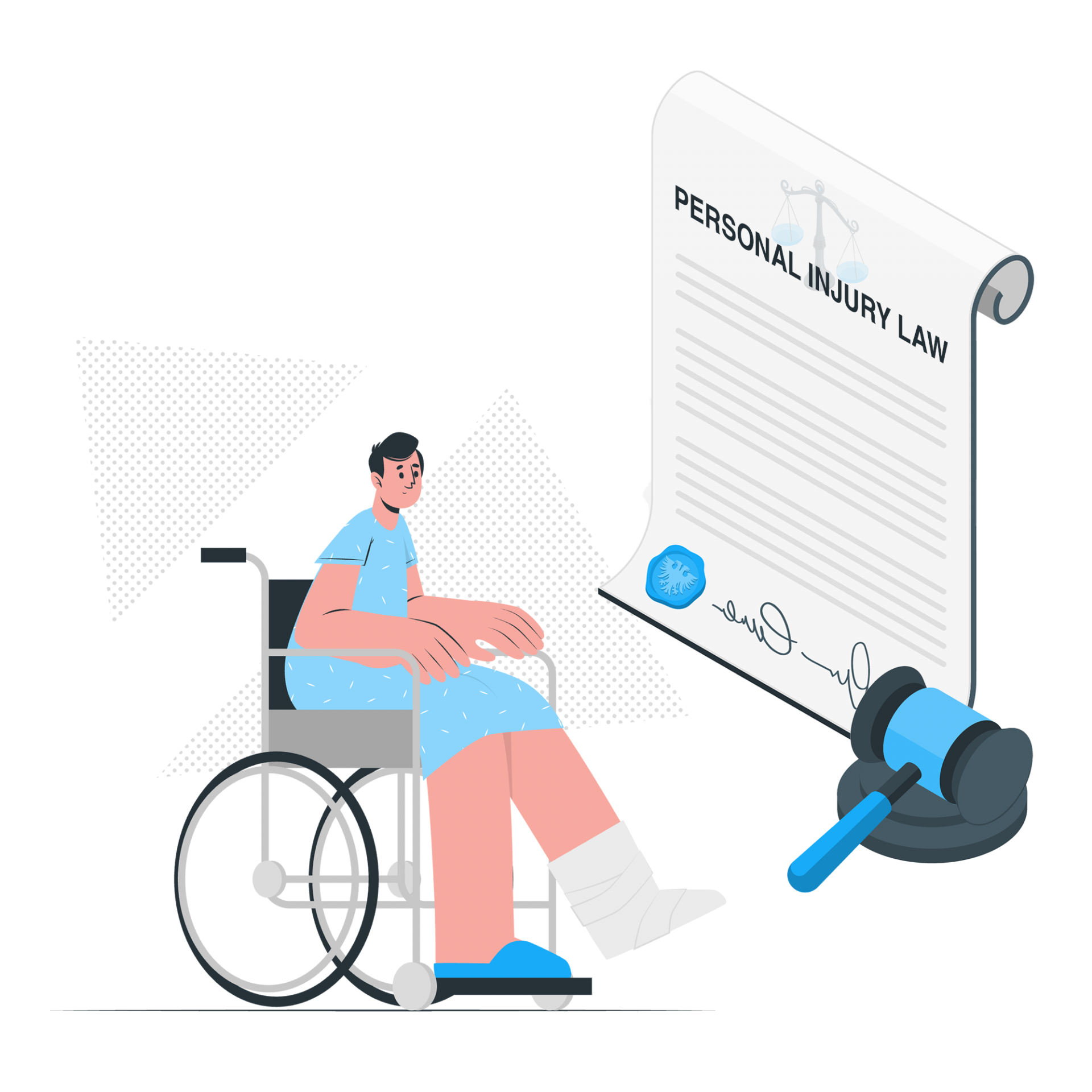The 4 Elements of Personal Injury Law You Need to Prove to Win a Case
In personal injury law, winning a case is not simply about proving that someone was harmed; it requires demonstrating that the harm meets specific legal criteria. These criteria, known as the elements of negligence, are the backbone of any personal injury claim.
Successfully proving these elements is essential for securing compensation. We will look at four key components and their importance in building a strong case.
Duty of Care
A personal injury attorney must first show that the plaintiff was entitled to a duty of care from the defendant.
Legally, a duty of care compels people to take reasonable precautions to keep others safe. Drivers must follow traffic laws to safeguard other road users. Whether a duty of care is present depends on the facts of the incident and the relationship between the parties. Property owners are accountable for ensuring their buildings are safe for allowed guests. To prove this factor, legal professionals show that a reasonable person in the defendant’s shoes would have understood their duty to exercise caution.
Breach of Duty
The next thing to demonstrate is that the defendant violated the duty of care. When the defendant does not act by their legal responsibilities, it results in harmful situations or behaviors.
Sometimes, business owners violate their obligation to create a safe environment if they fail to address a recognized hazard, like a damp floor. It is possible to demonstrate that the defendant’s actions or lack thereof were not in line with what a reasonable person would have done in the same situation by using evidence like eyewitness reports, surveillance footage, or expert testimony.
Causation
Proving causation is a pivotal step in any personal injury claim. This element requires the plaintiff to demonstrate a direct link between the defendant’s breach of duty and the injury sustained. Two elements of causality are usually taken into account:
Did the defendant’s actions directly lead to the plaintiff’s injury?
Was the injury a foreseeable result of the defendant’s actions?
Causation can be proven, for example, if a driver runs a red light and collides with another car, injuring the other driver. If the injuries resulted from an unrelated event, the causal link may be broken, weakening the claim.
Damages
The last component in a personal injury case is proving that the defendant’s acts caused the plaintiff to suffer actual damages. These damages might be non-economic, like pain and suffering, or economic, such as medical expenses, missed income, and property damage.
It’s not enough to show that an injury occurred; the plaintiff must provide evidence of its impact. This might include medical records, pay stubs, and expert opinions on long-term effects. Without demonstrable damages, even a case with apparent negligence may fail to result in compensation.
Conclusion
It takes more than just accusations to prove a personal injury case; it takes convincing proof of each of the four components: duty of care, breach, causation, and damages. Each component connects the plaintiff’s injuries with the defendant’s actions. Understanding these elements is crucial to developing a strong case and guaranteeing justice.

